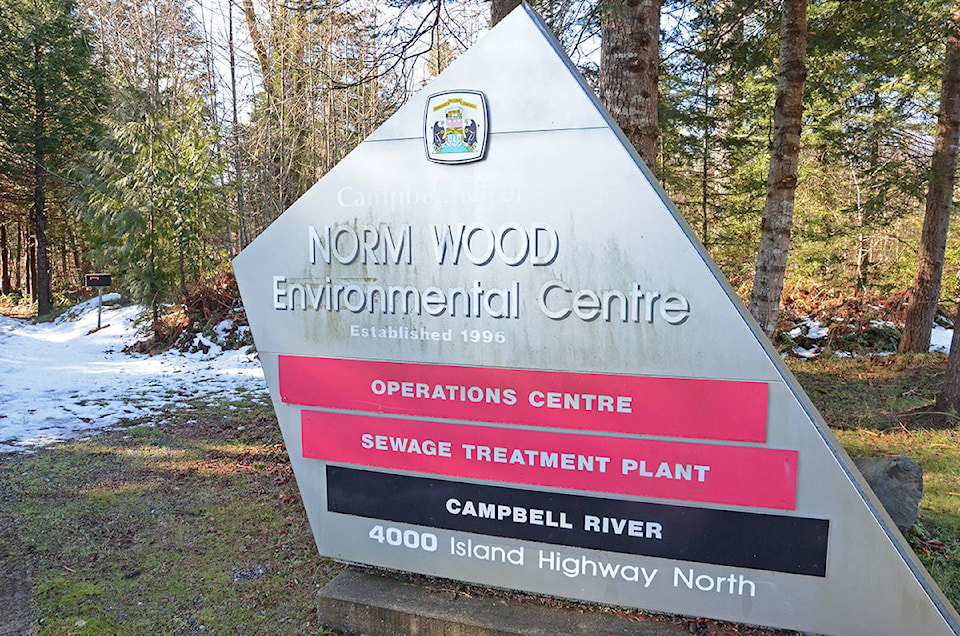While diverting organic waste is on the agenda for regional waste management, the question remains how best to do this.
At its meeting April, the Comox Strathcona Waste Management board, which includes directors from both the Comox Valley and Strathcona regional districts, considered further the process of anaerobic digestion but is leaning toward composting.
Unlike composting, which uses oxygen, the biological decomposition in anaerobic digestion occurs without oxygen. Advantages associated with the practice include the collection of methane produced through the process, which can be sold, and a shorter time frame than composting.
A staff report outlined challenges with the process of anaerobic digestion though, most notably that the region’s volume of food waste is not enough to sustain the practice, which has higher capital and operational costs. The first phase of the planned regional organics facility would bring in about 7,500 tonnes a year, much lower than the low-end capacity of 10,000 tonnes. Collection costs for municipalities would be doubled by the process because food and yard waste would need to be collected separately.
CSWM plans to set up a Campbell River site as a regional organics facility once the landfill site closes around 2022 or 2023 and all garbage is sent to the Comox Valley facility. Its goal is to divert 70 per cent of materials by that time.
RELATED STORY: Comox Strathcona Waste Management shows plans for landfill gas collection
RELATED STORY: Waste management board considers Campbell River sites for organic composting
The staff recommendation is to use aerobic composting moving forward. It also cited previous studies by the City of Campbell River and CSWM on organic waste, which concluded that aerated static composting is the most “suitable and viable” method available for food and yard waste.
Julie Colborne, Zeballos’s mayor and a CSWM board member, asked staff about smaller municipalities and how cost-effective the methods would be regarding their composting needs.
“Our staff are working with out remote communities … to find solutions on organics that make sense,” CAO Russell Dyson said. “We will be reporting back to you on those opportunities.
He cited the communities of Cortes Island and Tahsis as examples.
Looking at a food-only anaerobic digestion operation in the Capital Regional District, CSWM staff estimate the cost here to be between $25 and $40 million on the capital side. Operational costs would run an estimated $100 to $135 per tonne. By comparison, composting would cost $12 t0 $17 million for capital costs, with operations running at $60 to $100 per tonne. The board moved the recommendation to continue supporting the aerated composting approach.
Brenda Leigh, the Area D Director for Strathcona, asked if the material collected in an aerated static pile would create more odours and suggested this would influence the location decision. The areas being considered are Block J at the current landfill site in Campbell River or the city’s Norm Wood Environmental Centre.
She has expressed concern before over the possibility that adjacent residential areas could be affected by odours at the Norm Wood site.
“There’s populations living around the Norm Wood Environmental Centre,” she said. “If the piles smell like they do in Nanaimo at Duke Point, where you can’t even breathe when you drive by … we don’t want to expose populations to that kind of smell.”
She said she could support a static pile if it’s at the Block J adjacent to the current landfill site.
“The planning and design of this facility is taking into consideration the odours that can be emitted,” Dyson responded.
Staff and contractors, he said, are working on enclosure technology to handle the smell and make sure the air from the facility is clean. Dyson also said the Nanaimo example is one of the worst cases and has “tarred” the facilities across the province.
